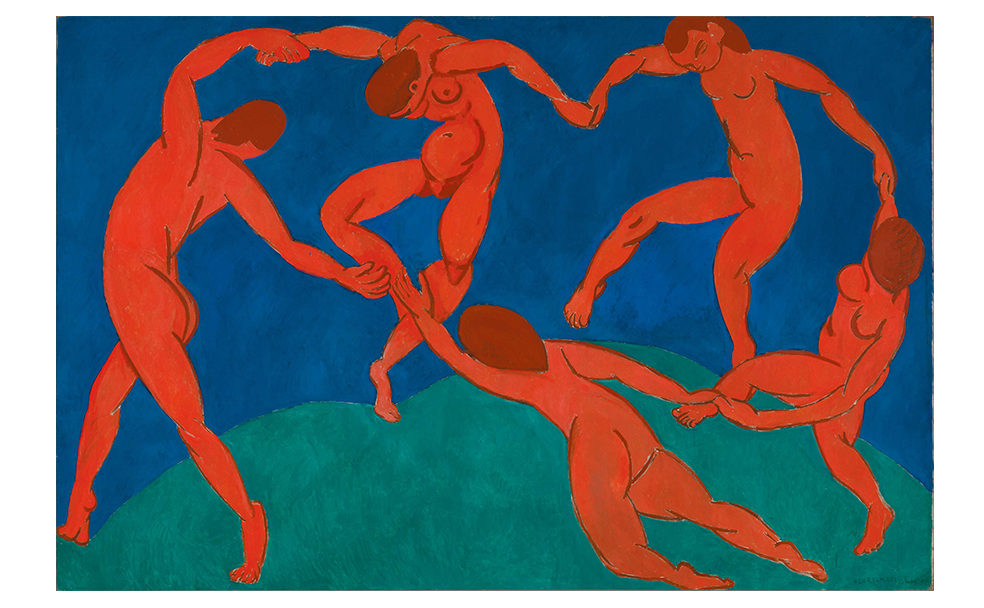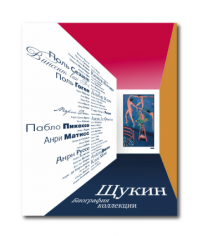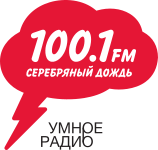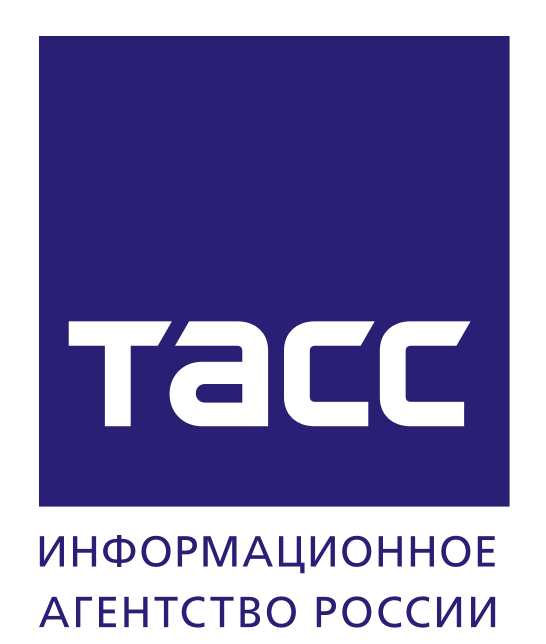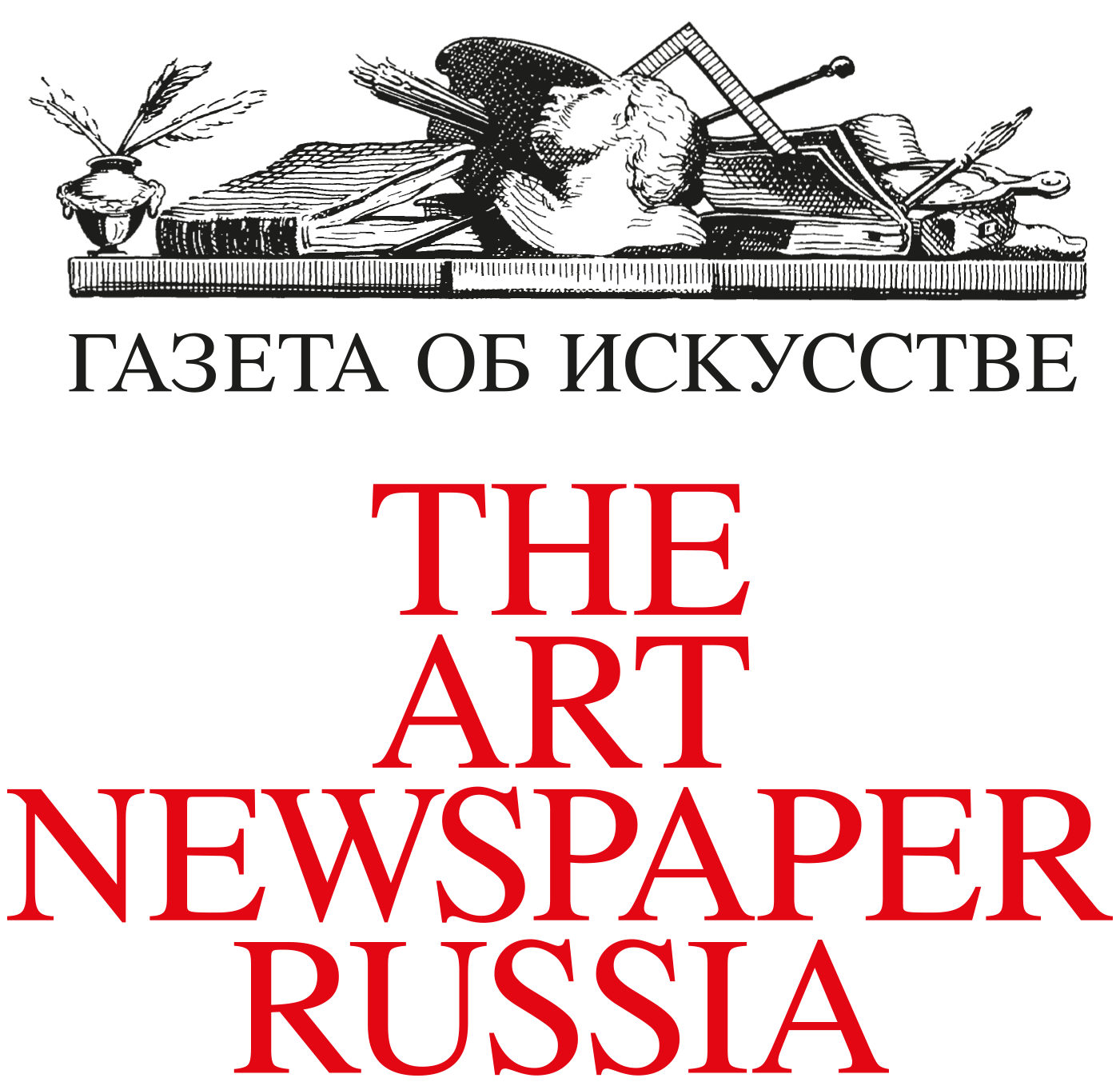The Pushkin State Museum of Fine Arts will present one of the most prominent collections of European Modernist art, encompassing the most important artistic trends of the late 19th and early 20th centuries. This exhibition, extraordinary in its scale and content, will occupy almost the entire museum space. The project will show the history of Sergei Shchukin’s compilation of his collection through his personality, his family’s biography, and the cultural and historical context. To help recreate that context, the collections of Sergei Shchukin’s brothers Pyotr, Dmitry, and Ivan will also be displayed. The exhibition will include masterpieces by Claude Monet, Pierre Auguste Renoir, Paul Cézanne, Paul Gaugin, Vincent van Gogh, Henri Matisse, Pablo Picasso, and other masters. The objective of the exhibition is to display one of the world’s largest collections as completely as possible. The collection, which was divided among museums in Moscow and St. Petersburg in 1948, will be reunited at the Pushkin State Museum of Fine Arts exhibition. This event will be a triumph for Russian culture. General Exhibition Partner — Sberbank. Strategic Exhibition Partner — Transmashholding.
Sergei Shchukin (1854–1936) came from a family of Moscow merchants. He only started to collect paintings after the age of 40, while his brothers were avid collectors from their youth. Dmitry, Pyotr, and Ivan had that certain instinct, and all of them later influenced Sergei’s collecting approach to some degree. The first exhibition halls are dedicated to the Shchukin brothers and images of their collections. Pyotr Shchukin collected historic relics, jewelry, objects of applied art, and household items. His collection, which became an important part of the State Historical Museum, was eclectic and very diversified. This drew skepticism from his contemporaries. Pyotr and Sergei discovered the new French painting at the same time. Dmitry Shchukin was a thoughtful, educated collector and a great art history expert. He collected works of the old masters, preferring Dutch painting of the 17th century. The halls of Dutch art in the Pushkin State Museum of Fine Arts are largely composed of works that once belonged to Dmitry. The youngest brother, Ivan Shchukin, still remains an underexplored personality. He was a man of versatile talents, a connoisseur of Paris and Parisian life. His literary and artistic society “Shchukin Tuesdays” was attended by outstanding members of the artistic community. It was Ivan who immersed Sergei into the artistic environment and drew his attention to contemporary French art. Unable to handle the temptations of the French capital, Ivan took his own life. The exhibition will feature only a small portion of the works that once belonged to Ivan Shchukin, as he had to sell his collections due to constant financial problems. Though it may seem paradoxical, much of the information about Ivan's collections was preserved as a result of their loss—in auction catalogs.
Sergei Shchukin’s collection—the axis of the exhibition. Schukin’s collecting taste took time to develop. The versatility of his predilections during the first years of collecting demonstrates the wide range of interests that was quite typical for Moscow entrepreneurs of that time. The first artworks by impressionists that he acquired in 1898 became the basis of the collection, which made Sergei Shchukin a famous collector of radical painting. He owned masterpieces that defined the art history of the 20th century. Qualities such as intuition, an ability to take risks, and a willingness to purchase works by artists not yet widely recognized around the world helped Shchukin to become a prominent figure among Western collectors around the turn of the 20th century. He made his decisions independently and cultivated a collector within himself. Sergei did not buy those works that he was supposed to like—he preferred pieces that excited and touched his taste. He adopted the art of the new generation. Every new passion of Shchukin’s was an extreme maneuver. In his work as a collector, he went against universal tastes. After he started by acquiring quite traditional landscapes, it took less than 20 years for him to form one of the world’s best collections of the new French paintings. The character of this collection was defined by revolutionary artworks that transformed the artistic process in Russia and around the world in the 20th century.
The central part of the exposition is the “reconstruction” of Sergei Shchukin’s collection. It represents his journey and logic and demonstrates the way his artistic taste evolved and changed. A separate hall is dedicated to each passion of the collector.
Claude Monet and Impressionists. After purchasing the first impressionist work in 1898 (The Rocks of Belle-Ile (The Pyramides at Port-Coton. Rough Sea) by Claude Monet), over the next six years Shchukin bought other paintings by representatives of this movement. He collected more than 50 masterpieces by Auguste Renoir, Edgar Degas, and Claude Monet.
Paul Gauguin. A new passion marked a sudden turn in Shchukin’s approach towards collecting. During this period, he purchased Gauguin’s Tahitian paintings, filled with deep spiritual meanings. The composition of 16 canvases placed close to each other created an impression of a monumental fresco. The density of the exhibition approach was obviously related not only to tapestry displays (popular at that time), but also to the fact that Shchukin intuitively understood the synthetic nature of Gauguin’s art. Critic and art historian Jacob Tugendhold, who made a catalog of Sergei Shchukin’s collection, called this installation “Gaugin’s iconostasis.”
The next passion of Sergei Shchukin was Henri Matisse, who was the Fauvist leader back in those years and represented that highly radical contemporary art movement. When collecting his works, Shchukin strived to follow the logic of the artist and chose basic, laconic, and innovatively simple pieces: Game of Bowls (1908), The Dessert: Harmony in Red (The Red Room) (1908), and Nymph and Satyr (1909). The culmination of those efforts was expressed in the decorative panels Dance and Music that were a courageous solution and an artistic declaration both for the artist and the collector. Largely thanks to Sergei Shchukin, Russia owns a unique collection of early artworks by Matisse—37 of the master’s pieces belonged to the Moscow collector.
Pablo Picasso. Sergei Shchukin was one of the few in Russia who valued this artist, and he was the most active collector of his pieces. He owned 51 works created by the master—no other private collection had so many. Being partial and discriminating, Shchukin left out whole periods in Picasso’s art. He preferred early works by Picasso that were radical and primitive and marked the beginning of a new artistic tradition—Cubism. With dominating brown and green colors, Picasso’s paintings were placed close together in a small room and made quite an impression on the audience.
In 1912, Sergei Shchukin bought paintings by self-taught artist Henri Rousseau, admired by Parisian avant-gardists. His last passion was prominent French artist André Derain, whose significance Shchukin understood long before the man was praised by European collectors and the general public. In the 1920s, Derain became very popular, but his inspiration was gone. Shchukin valued his art in its brightest and most original period. Derain’s paintings were purchased in 1913–1914 and became the last major acquirements in the collection. When World War I broke out and Sergei Shchukin moved to France, he never returned to his work as a collector.
Dance by Henri Matisse. This huge decorative panel painted at Sergei Shchukin’s request was the culmination of his collecting efforts. The painting was at first mocked by the public, and the collector did not even want to take it from the artist. However, Shchukin believed in Matisse’s talent, so he rose above his own hesitations and went against the public taste again. He returned to his initial plan and placed the panel in the most visible place in his mansion—the staircase. Shchukin made Matisse's Dance the symbol of his collection, foreseeing the significance of one of the greatest artworks of the 20th century. The architectural structure of the exhibition recreates the image of Sergei Shchukin's collection that was displayed in his mansion. The panel Dance will be displayed separately in the biggest space of The Pushkin Museum—the White Hall—as the main focus of the collection’s development and the collector’s concept.
An album with a catalog, as well as the biography The Shchukin Saga. Collectors of Masterpieces (by Natalia Semyonova), have been issued for the exhibition. Educational and inclusive programs are available. In addition, the route “Around Shchukin’s Moscow” has been developed for the “Discover Moscow” app.
The exhibition “Shchukin. Biography of a Collection” will take place at the same time as the project “Collection of Fondation Louis Vuitton: Selected Works” (June 19 – September 29, 2019, Department of 19th and 20th Century European and American Art, 14 Volkhonka St.), where one of the world’s leading collections of modern art will be displayed. The two unique collections will let visitors trace the similarities and differences in collecting strategies in contemporary art of the early 20th and 21st centuries.
Curators: Marina Loshak, Natalia Alexandrova, Alexandra Danilova, Svetlana Zagorskaya, Vitaly Mishin, Alexey Petukhov, Anna Poznanskaya, Vadim Sadkov
Exhibition Consultant Natalia Semyonova
Guest Curator André-Marc Delocque-Fourcaud
The exhibition includes more than 450 items: paintings, drawings, sculptures, applied art items, and archival materials. Around 150 paintings and sculptures from Sergei Shchukin’s collection will also be displayed, including pieces by Claude Monet (13 artworks), Paul Cézanne (7 artworks), Paul Gaugin (13 artworks), Henri Matisse (24 artworks), Pablo Picasso (24 artworks), André Derain (13 artworks), and Henri Rousseau (5 artworks).
Participating Museums: The Pushkin State Museum of Fine Arts, the State Hermitage Museum, the State Historical Museum, the State Museum of Oriental Art, the Moscow Kremlin Museums, State Museum-Estate “Kuskovo”, the Museum of Fine Arts (Budapest).

